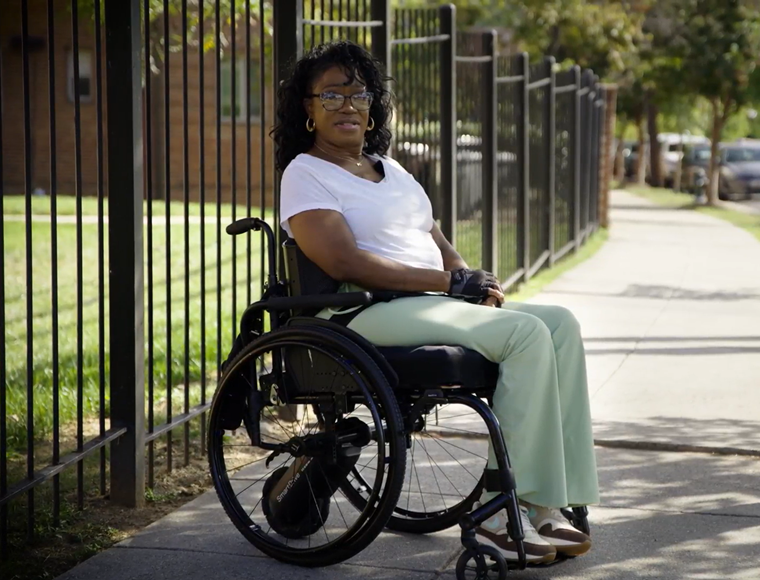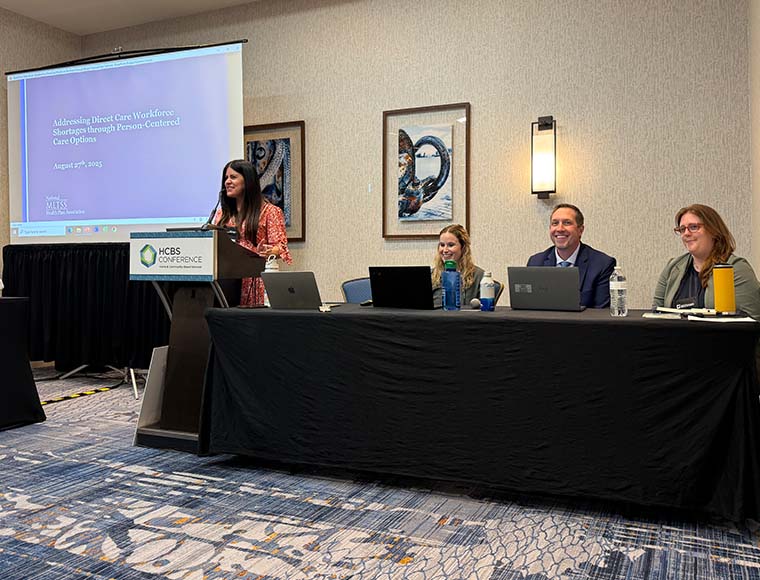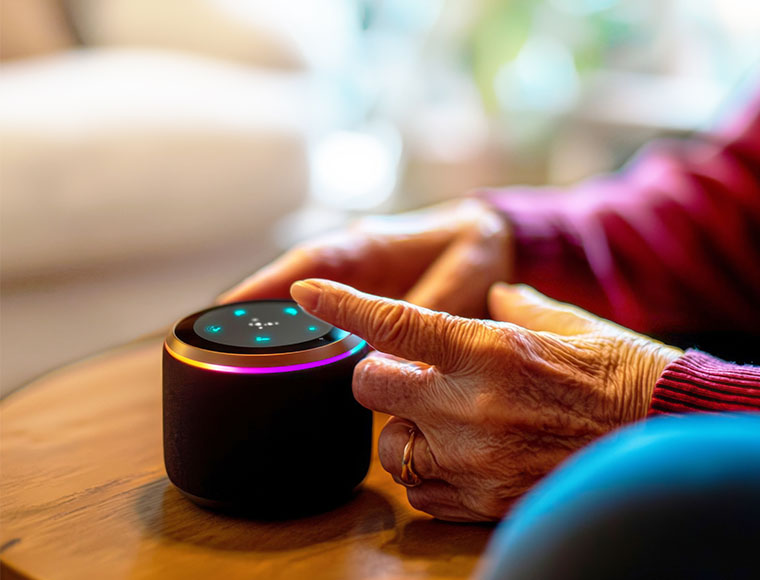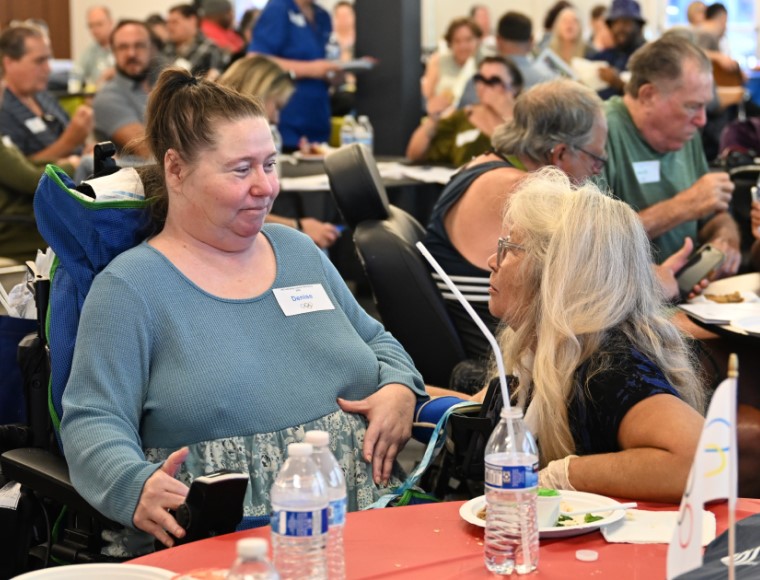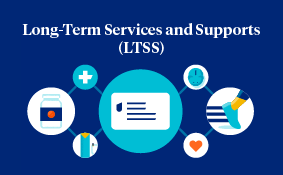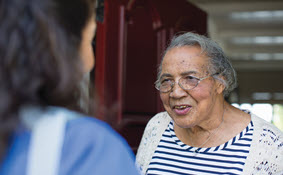Long-Term Services and Supports (LTSS) include a broad range of medical, functional and social services delivered to individuals who have complex health needs due to aging, chronic illness or a disability. These services can be provided in a range of settings, including nursing homes, assisted living facilities, convalescent homes, and home and community-based settings.
In this video, UnitedHealthcare Community & State leaders explore the types of care these programs provide, who is eligible, how LTSS programs are funded, and the advantages of delivering these services through managed care.
LTSS refers to a broad range of medical, functional, and social services that are needed by individuals who have complex health needs. How well do you know the LTSS program? Test yourself! Take the LTSS knowledge quiz.
